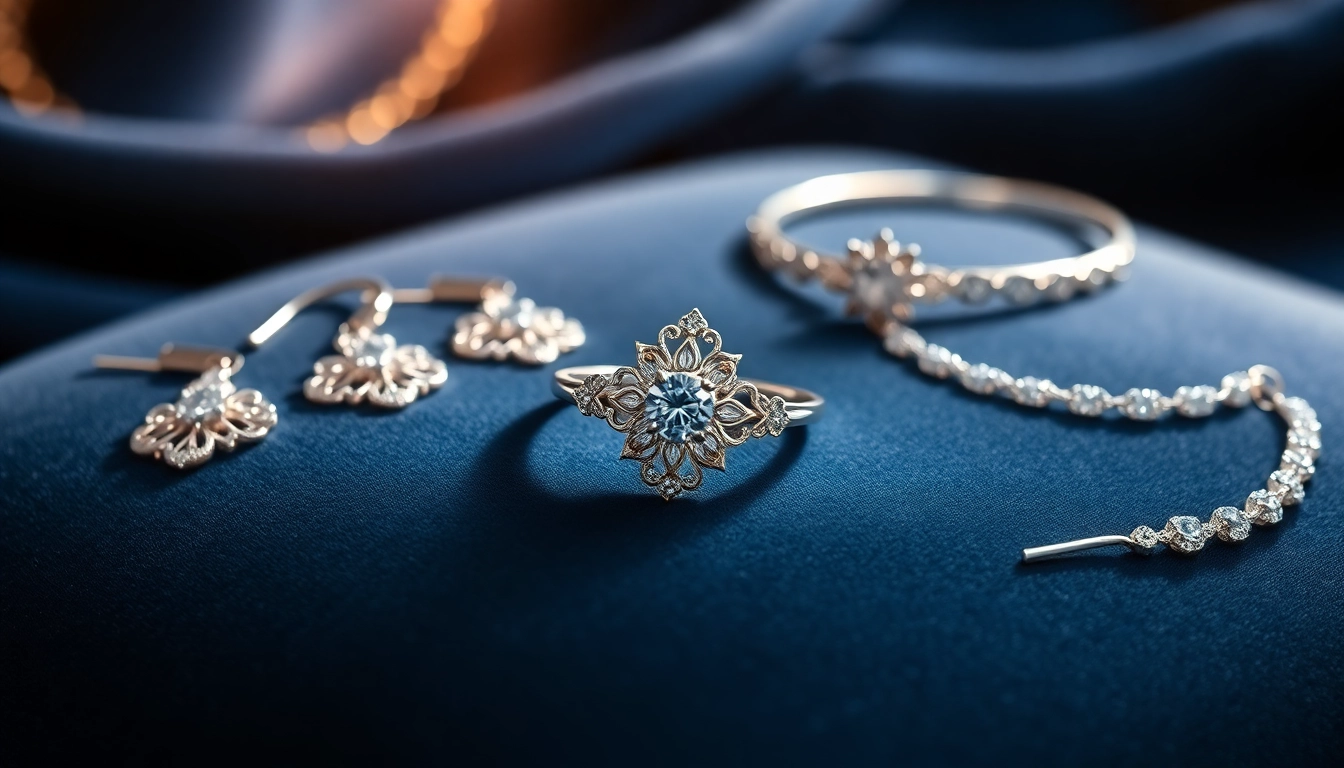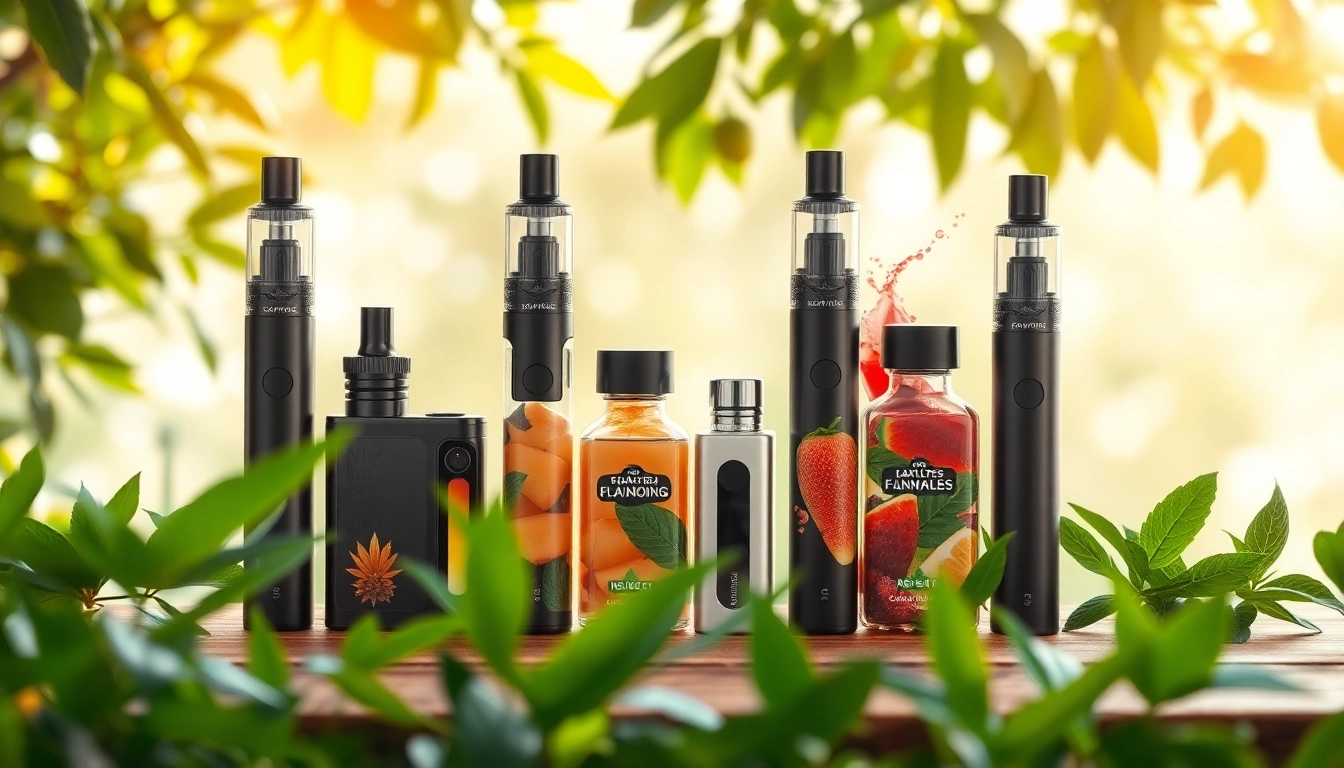
Silver jewelry has long captivated the hearts of individuals around the world with its timeless appeal and unique ability to blend seamlessly with various styles and occasions. From elegant necklaces to intricately designed rings, silver jewelry serves as a versatile accessory that can elevate any wardrobe. In exploring silver jewelry, it’s important to consider aspects such as types, craftsmanship, personal style, and maintenance. Discover the intricate world of silver jewelry and all it has to offer.
Understanding Silver Jewelry: Types and Characteristics
Different Types of Silver Jewelry
Silver jewelry comes in various forms, each offering its own unique aesthetic and style. The primary types include:
- Sterling Silver: The most common type of silver jewelry, consisting of 92.5% silver and 7.5% other metals, typically copper. This blend is known for its durability and affordability.
- Argentium Silver: A modern version of sterling silver, containing more than 92.5% silver while incorporating germanium for improved tarnish resistance.
- Fine Silver: Comprises 99.9% silver, making it softer and more malleable than sterling, thus more suitable for delicate designs and pieces that require intricate detailing.
- Mexican Silver: Traditionally composed of at least 92.5% silver but can often contain higher levels of purity; Mexican silver is known for its distinctive artisan craftsmanship.
- Silver-Plated Jewelry: A base metal coated with a thin layer of silver, this type offers an affordable alternative but may not possess the same longevity as solid silver pieces.
Quality and Purity: What to Look For
When investing in silver jewelry, understanding purity marks and quality indicators is crucial. Each type of silver comes with specific markings, such as:
- 925: Signifies sterling silver, containing 92.5% silver.
- 950: Indicates argentium silver, representing 95% silver content.
- 999: Denotes fine silver with a purity of 99.9%.
Furthermore, quality factors, such as craftsmanship and design intricacies, contribute significantly to the value and durability of the jewelry. Look for reputable artisans or established brands that ensure high manufacturing standards.
Popular Trends in Silver Jewelry
The silver jewelry market evolves continuously, influenced by fashion trends and cultural movements. Some of the current popular trends include:
- Minimalist Designs: Simple, understated pieces focusing on clean lines and subtle elegance are increasingly favored, appealing to those who prefer a less-is-more approach.
- Layering and Stacking: Wearing multiple pieces together has gained traction, allowing personal expression through various combinations of rings, bracelets, and necklaces.
- Nature-Inspired Elements: Designs showcasing floral themes, leaves, and natural motifs resonate with many, reflecting a deeper connection with the environment.
- Personalization: Customized silver jewelry, including engraved messages or birthstones, offers a personal touch and connection to the wearer.
The Art of Crafting Silver Jewelry
Techniques Used in Silver Jewelry Making
The craftsmanship behind silver jewelry involves various techniques that can impact the final product’s appearance, durability, and artistry:
- Castings: A common technique where molten silver is poured into molds to create specific shapes and designs.
- Hand Forging: Artisans manually shape the silver using hammers and tools to create unique textures and forms.
- Engraving: Intricate designs or patterns are cut into the surface of the silver, adding depth and uniqueness to each piece.
- Stone Setting: Involves securely placing gemstones into silver jewelry, enhancing its beauty and value, often requiring specialized skills.
The Role of Artisans in Jewelry Design
Artisans play a crucial role in the silver jewelry design process, employing a blend of traditional and contemporary methods. Their work often reflects cultural heritage and personal artistic vision, producing pieces that tell a story. Close attention to detail, proficiency in techniques, and an understanding of material properties ensure each creation is both functional and aesthetically pleasing. Collaborations with contemporary artists can also lead to unique expressions and innovative designs, showcasing the versatility of silver jewelry.
Engagement with Sustainable Practices
Sustainability is increasingly important in the jewelry industry. Many artisans and brands now prioritize ethical sourcing, recycling silver, and employing environmentally friendly practices. Using recycled materials reduces the demand for newly mined silver, helping mitigate the ecological impact of mining. Additionally, brands that promote fair labor practices contribute to the quest for sustainability, ensuring artisans are fairly compensated for their craftsmanship.
Choosing the Right Silver Jewelry for You
Assessing Personal Style and Preferences
Your personal style plays a significant role in selecting the right silver jewelry. Consider the following aspects:
- Everyday vs. Statement Pieces: Identify whether you need versatile items for daily wear or bold pieces that can stand out during special occasions.
- Favoring Shape and Form: Evaluate jewelry shapes that enhance your features and complements your attire. For example, elongated earrings can add height, while round designs may soften the face.
- Color Coordination: Match your silver jewelry with your skin tone. Cool tones generally complement cooler silver hues, while warm tones may pair better with antique silver or gold.
Matching Silver Jewelry with Outfits
Successfully pairing silver jewelry with outfits hinges on an understanding of style balance:
- Casual Outfits: Minimalist silver pendants or small hoops can enhance everyday wear without overwhelming the look.
- Formal Attire: Opt for statement pieces, such as ornate cuff bracelets or layered necklaces, that contrast beautifully against elegant outfits.
- Mixing Metal: Stylishly combining silver with other metals or materials gives an edgy appearance, so consider mixing silver jewelry with gold or leather elements.
Occasions for Wearing Silver Jewelry
Silver jewelry is suitable for various occasions. Here’s how to select appropriately:
- Casual Gatherings: Necklaces or bracelets with subtle designs can add just the right touch of elegance.
- Weddings and Formal Events: Oversized statement pieces can complement evening wear while offering a sophisticated edge.
- Everyday Wear: Investing in classic styles that can be worn effortlessly adds versatility to your collection.
Maintenance and Care for Silver Jewelry
Cleaning Techniques to Preserve Luster
To keep silver jewelry looking its best, regular cleaning is crucial.
- Polishing Cloths: Use a soft polishing cloth specifically designed for silver to gently wipe away tarnishing without scratching the surface.
- Gentle Soap Solution: Dip a soft cloth in warm soapy water and wipe the jewelry, rinsing it thoroughly and drying it completely afterward.
- Professional Cleaning: For intricate or heavily tarnished pieces, consider professional cleaning services to restore the original shine.
Storage Solutions for Silver Jewelry
Storing silver jewelry properly can prevent dust, tarnishing, and damage:
- Anti-Tarnish Pouches: Use soft bags made with anti-tarnish materials that help reduce oxidation and tarnishing.
- Separate Storage: Store pieces separately to avoid scratching and tangling; consider compartmentalized jewelry boxes or trays.
- Keep away from Moisture: Ensure your storage area is dry, as moisture contributes significantly to tarnishing.
Handling Common Issues: Tarnishing and Scratches
Tarnishing is a common problem for silver jewelry, but it can be mitigated. Regular cleaning prevents buildup, while storing pieces properly minimizes exposure to air and moisture. If scratches occur, they can be polished out with professional tools or gentle abrasives, depending on the severity of the scratch.
Where to Purchase Quality Silver Jewelry
Evaluating Reputable Retailers
When looking to purchase silver jewelry, it is crucial to evaluate retailers based on:
- Customer Reviews: Feedback from customers can provide insights into product quality and customer service experiences.
- Return Policies: Understanding return terms is important; reputable retailers often offer reasonable return periods to ensure customer satisfaction.
- Transparency of Material Sources: Brands that disclose the sourcing of their materials and ethical practices demonstrate a commitment to sustainability.
Online vs. In-Store Shopping Experience
Both online and in-store shopping experiences offer distinct advantages:
- Online Shopping: Provides superior convenience, allowing you to browse wider selections from various brands and compare prices extensively.
- In-Store Shopping: Allows for direct interaction with products, providing an opportunity to assess the look, weight, and feel of the jewelry pieces.
Understanding Return Policies and Warranties
Purchasing silver jewelry often comes with specific warranties or guarantees that cover defects or specific conditions. It is beneficial to understand these terms to ensure you’re protected in the event of any issues. Familiarize yourself with the retailer’s policies regarding returns and exchanges, and choose brands that offer solid customer service warranties.





